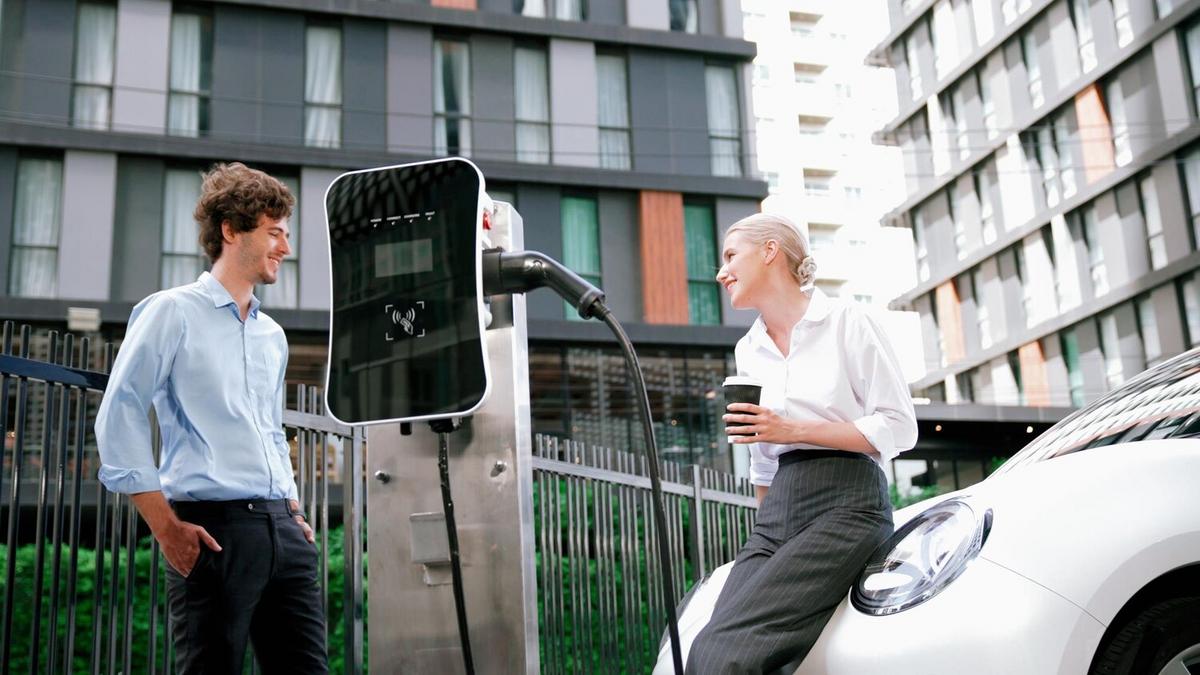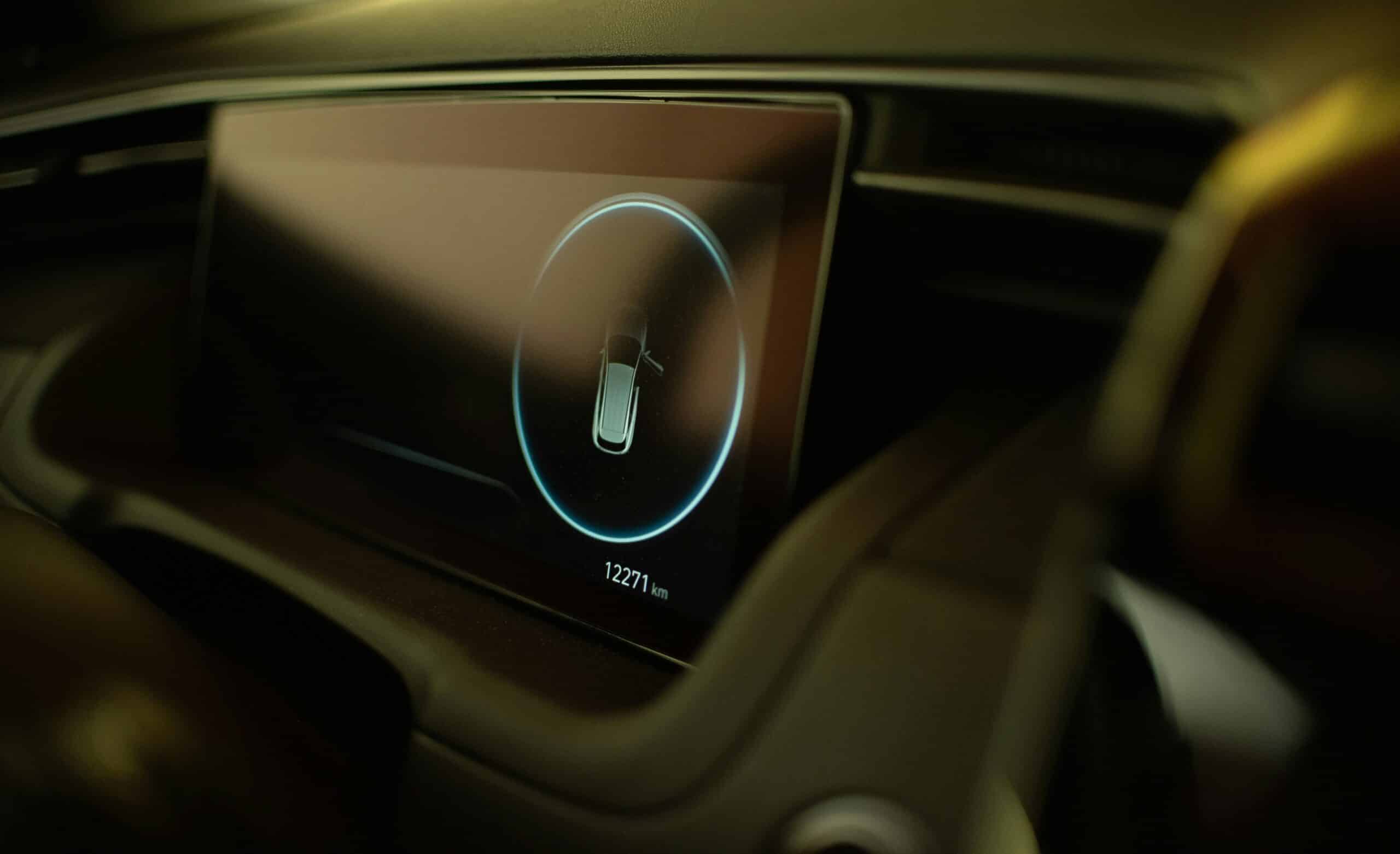
The Impact of EVs on Urban Air Quality
Electric vehicles (EVs) are transforming the landscape of urban mobility, promising cleaner air and a more sustainable future. As cities grapple with pollution and environmental concerns, the rise of EVs offers a hopeful solution to improving air quality in urban areas.
The impact of electric vehicles on urban air quality is a topic of increasing importance as cities worldwide strive to reduce pollution levels. With transportation being a major contributor to air pollution, the shift from internal combustion engines to electric motors is expected to bring significant changes.
Why EVs Matter for Urban Air Quality
Electric vehicles produce zero tailpipe emissions, which means they do not emit the harmful pollutants that contribute to smog and respiratory diseases. According to a study from the International Council on Clean Transportation, transitioning to EVs could cut urban air pollution by 50% in some cities.
Expert Opinions
Dr. Mike Holland, an environmental scientist, emphasizes, “The move to electric vehicles is crucial for reducing urban air pollution and protecting public health.”
Statistics and Research
Research indicates that cities with higher EV adoption rates experience lower levels of nitrogen dioxide and particulate matter, two of the primary pollutants from traditional vehicles.
Personal Anecdotes
Consider the example of Joe, a city commuter who switched to an electric car. He noticed a decrease in his own carbon footprint and felt a sense of contributing to cleaner air in his neighborhood.
Actionable Tips for Urban Residents
- Consider carpooling using electric vehicles to further reduce emissions.
- Support policies that encourage EV infrastructure development in your city.
- Stay informed about tax incentives for purchasing electric vehicles.
Comparison Table of EV Benefits
| Feature | Electric Vehicles | Traditional Vehicles |
|---|---|---|
| Emissions | Zero tailpipe emissions | High tailpipe emissions |
| Fuel Costs | Lower | Higher |
| Maintenance | Less frequent | More frequent |
| Range | Improving with technology | Typically higher |
| Noise Pollution | Lower | Higher |
| Air Quality Impact | Positive | Negative |
| Government Support | Incentives available | Fewer incentives |
| Popularity | Increasing | Steady |
Pro Tip
FAQ
Frequently Asked Questions
How do electric vehicles improve urban air quality?
EVs reduce air pollution by eliminating tailpipe emissions, which are a major source of urban air contaminants.
Are there any government incentives for electric vehicles?
Many governments offer tax credits, rebates, and other incentives to encourage the adoption of electric vehicles.
What are the challenges of transitioning to electric vehicles?
Challenges include developing sufficient charging infrastructure and managing the higher upfront costs of EVs.
Conclusion
The integration of electric vehicles into urban environments is a promising strategy for enhancing air quality and fostering healthier living conditions. By reducing emissions and supporting sustainable transport, EVs could play a pivotal role in shaping greener cities. Embracing this change, both at the individual and policy level, will be crucial for realizing the full benefits of this transition.


